Under a giant Douglas Fir
dottyinduncan
17 years ago
Related Stories
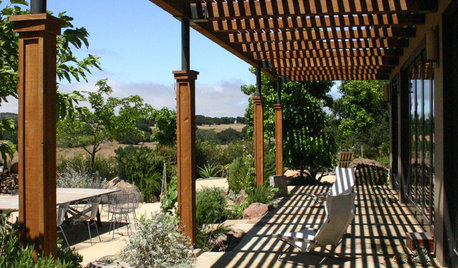
PATIOSPatio Details: A Shaded Patio Opens Up the View in Wine Country
A Douglas fir and metal pergola offers shelter from the hot sun on this scenic California property
Full Story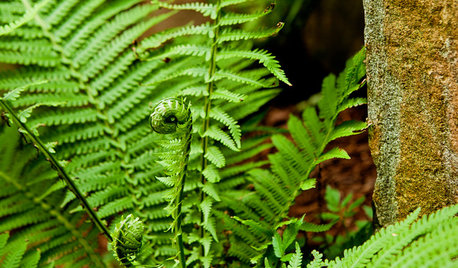
GARDENING GUIDESGreat Design Plant: Ostrich Fern (Matteuccia struthiopteris)
Try this giant among ferns for a showstopping sight in a shady or even somewhat sunny woodland garden
Full Story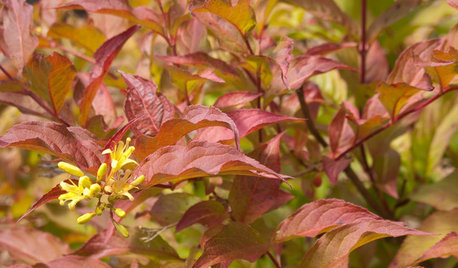
GARDENING GUIDESGreat Design Plant: Northern Bush Honeysuckle, a Bronze Beauty
It helps control erosion and takes sun or shade. The butterflies love it. But the best part of this shrub may be the vivid foliage
Full Story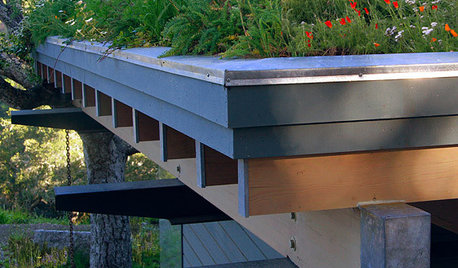
EARTH DAYHow to Install a Green Roof
Covering a roof with low-maintenance plants has benefits beyond just beauty. Get the details here
Full Story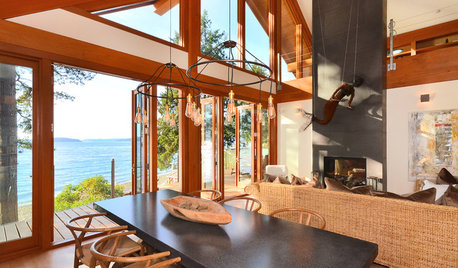
HOUZZ TOURSHouzz Tour: Ocean Views Exhilarate on the Sunshine Coast
Expansive gable windows and French doors offer an uninterrupted vista of the Pacific in this bright British Columbia A-frame
Full Story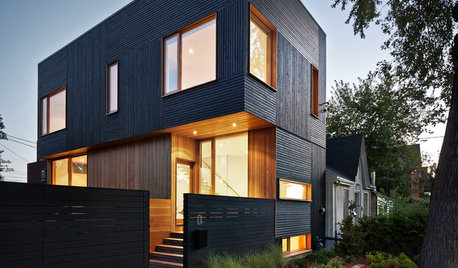
CURB APPEALEntry Recipe: Warmth, Style and Privacy in Toronto
A front porch dominated by wood and glass rises and pivots toward a side courtyard sheltered from street traffic
Full Story
LANDSCAPE DESIGNThe Unparalleled Power of Trees
Discover the beauty and magic of trees, and why a landscape without them just isn't the same
Full Story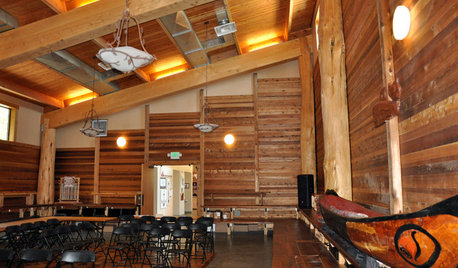
TRAVEL BY DESIGNTravel Guide: Seattle for Design Lovers
Pioneers of the past and high-tech titans of the present make for an eclectic mix of architecture, museums, hotels and eateries
Full Story
EDIBLE GARDENSSummer Crops: How to Grow Tomatoes
Plant tomato seedlings in spring for one of the best tastes of summer, fresh from your backyard
Full Story
ECLECTIC HOMESMy Houzz: Earthy and Eclectic in San Francisco
Two renovations over more than a decade result in a warm, personal home that functions just as well as it appeals to the eye
Full Story









merrygardener
hemnancy
Related Professionals
Wheeling Landscape Architects & Landscape Designers · Stamford Landscape Contractors · Wilmington Landscape Contractors · Bethel Park Landscape Contractors · Biloxi Landscape Contractors · Concord Landscape Contractors · Cupertino Landscape Contractors · Leicester Landscape Contractors · Muttontown Landscape Contractors · San Rafael Landscape Contractors · Welby Landscape Contractors · Goldenrod Landscape Contractors · Glenview Fence Contractors · Goodyear Fence Contractors · Hernando Fence ContractorsdottyinduncanOriginal Author
fri2219
hemnancy
plantknitter
mdvaden_of_oregon
JudyWWW
gardengal48 (PNW Z8/9)
mdvaden_of_oregon
fri2219
dottyinduncanOriginal Author
gardengal48 (PNW Z8/9)
Embothrium
mercurygirl
dottyinduncanOriginal Author
Embothrium
gardengal48 (PNW Z8/9)
tessalfm_yahoo_com